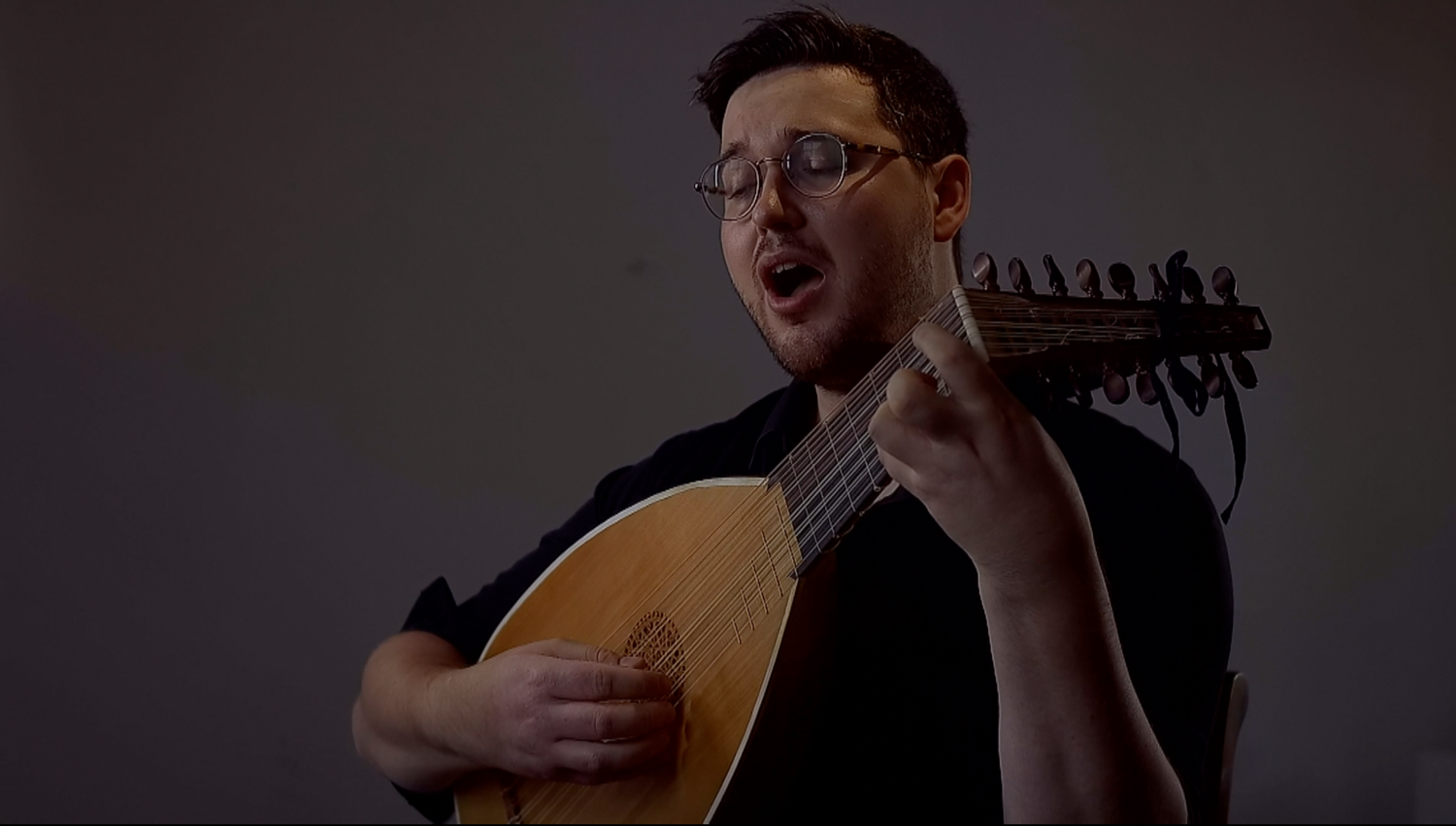Coclico on Learning how to Improvise on a Plainchant (1552):
- Tim Braithwaite

- May 24, 2021
- 2 min read
Updated: Feb 28, 2022
'Having learned these species [of intervals] and the method, here is how we ought to use them. The boy should provide himself with a slate on which one may easily write and erase; he should take a Tenor from plainchant and begin to write note against note, through the intervals. Whenever he has gotten used to making note against note by improvisation and has become practiced in it, then he can go on to florid counterpoint. When he has become trained in this too, he should put aside the slate and learn to sing in improvising on plainchant or on figured music from a book or a sheet of paper. But in this there is need for continual exercise.'
----------------------------------------------------------------------------------------------------
'Cognitis his spetiebus & doctrina, quomodo his uti debeamus: Comparet sibi puer, tabulam lapideam, in qua facile scribitur, & deletur, ac sumat Tenorem ex cantu Chorali, & ita per speties primo faciat notam contra notam. Cum autem utcunque fuerit assuetus notam contra notam ex tempore facere, & practicus fuerit, tune poterit ad contrapunctum fractum accedere. In hoc ubi etiam exercitatus fuerit, reliquat tabulam lapideam, & discat ex tempore canere, super Choralem cantum, aut figuralem ex libro aut scedula. Sed hic continua exercitatione opus est.'
----------------------------------------------------------------------------------------------------
*Notes*
Adrianus Petit Coclico, Compendium Musices (Nuremberg: Joannis Montani & Ulrici Neuberi, 1552). Translation Albert Seay, Musical Compendium (Colorado Springs, 1973) with revisions from Jessie Ann Owens, Composers at Work : The Craft of Musical Composition, 1450-1600 (New York ; Oxford Oxford University Press, 1998).
Andreas Ornithoparcus, Musicae Activae Micrologus (Leipzig, 1517).
The image below is from the frontispiece of Ornithoparcus' Micrologus, depicting an erasable tablet (instead of a slate) held up by Orpheus and Euridice. For information about musical slates and their use, particularly the Wells musical slates, see https://slateassociation.org/wp-content/uploads/2016/03/Musical_slate.pdf





Comments